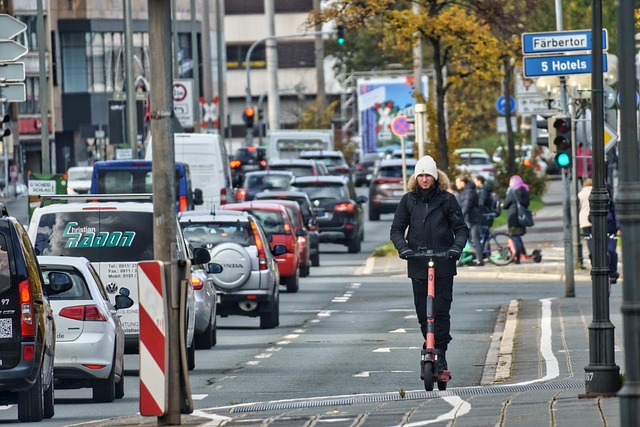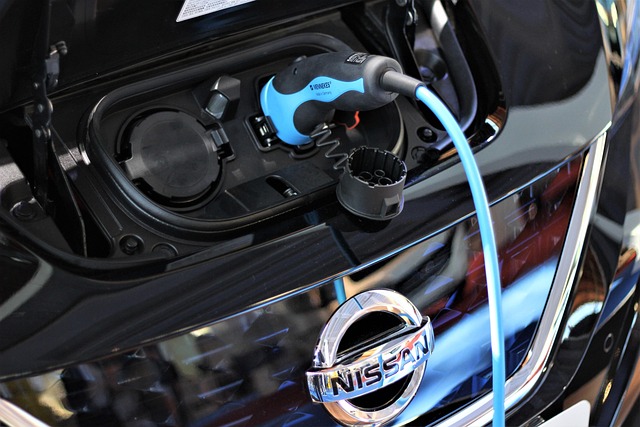Driving Towards a Greener Future: Energy Efficiency in Mobility for Sustainable Transport and Rural Development
As we navigate the complexities of modern life, the importance of energy efficiency in our transportation systems cannot be overstated. In an age where climate change is an ever-present concern, the need for sustainable transport solutions has never been more urgent. With the global population on the rise and urban centers expanding, the challenge lies not only in managing the traffic congesting our cities but also in ensuring that rural communities are not left behind. Let’s explore how embracing energy efficiency in mobility can lead us to a brighter, more sustainable future.
Transport Sustainability: A Collective Responsibility
Transport is one of the largest contributors to greenhouse gas emissions, making sustainable transport a critical goal for policymakers and communities alike. By prioritizing energy efficiency in our transportation systems, we can substantially reduce our carbon footprint. This involves not just the vehicles we choose to drive but also how we manage transportation infrastructure. Investments in public transport systems, like electric buses and trains, can drastically cut emissions while offering accessible options for everyone, particularly in urban areas.
Moreover, promoting active transport—walking and cycling—has a dual benefit. Not only do these modes of transport reduce reliance on fossil fuels, but they also enhance public health and reduce traffic congestion. Imagine cities filled with bike lanes and pedestrian-friendly pathways where families feel safe commuting without the need for cars. This is not just a dream; it’s a tangible goal that aligns with energy efficiency and sustainability.
Rural Development: Empowering Communities through Sustainable Mobility
When we consider energy efficiency in mobility, it is essential to recognize its crucial role in rural development. Many rural communities face unique transportation challenges that can isolate them from essential services and economic opportunities. Efficient transport systems can bridge this gap, providing reliable access to education, healthcare, and employment.
Investments in renewable energy sources for rural transport, such as solar-powered vehicles or biofuel options, can empower these communities while lowering energy costs. This not only enhances connectivity but also supports local economies. When communities adopt sustainable transport practices, they lead the way for rural development, creating jobs and promoting local businesses in the process.
Future Innovations Driving Change
The future holds promising advancements in the realm of energy-efficient mobility. Emerging technologies such as electric and hydrogen-powered vehicles, along with improved battery technology, are paving the way for cleaner automotive solutions. Integration of smart technology into transportation systems can also optimize routes and minimize energy use. Imagine a world where apps not only guide your journey but also suggest the most energy-efficient routes or modes of transport based on real-time data.
Moreover, community-driven initiatives and partnerships between private and public sectors can foster innovative solutions tailored to specific regional needs. The adoption of shared transport systems, like ride-sharing or community shuttle services, holds great potential for reducing the overall number of vehicles on the road, thereby enhancing energy efficiency.
In this journey towards a greener future, awareness and advocacy play pivotal roles. Communities must engage in discussions around sustainable transport policies, urging local governments to prioritize projects that improve energy efficiency in mobility. By harnessing collective power, we can create transport systems that not only respect our planet but also enrich our lives.
As we drive towards a greener future, let us remember that the pursuit of energy efficiency in mobility is not just a necessary step—it’s an opportunity to shape a sustainable world for generations to come. Together, we can steer our society towards innovative solutions that promote transport sustainability and foster rural development, creating a legacy of positive change in the mobility landscape.



